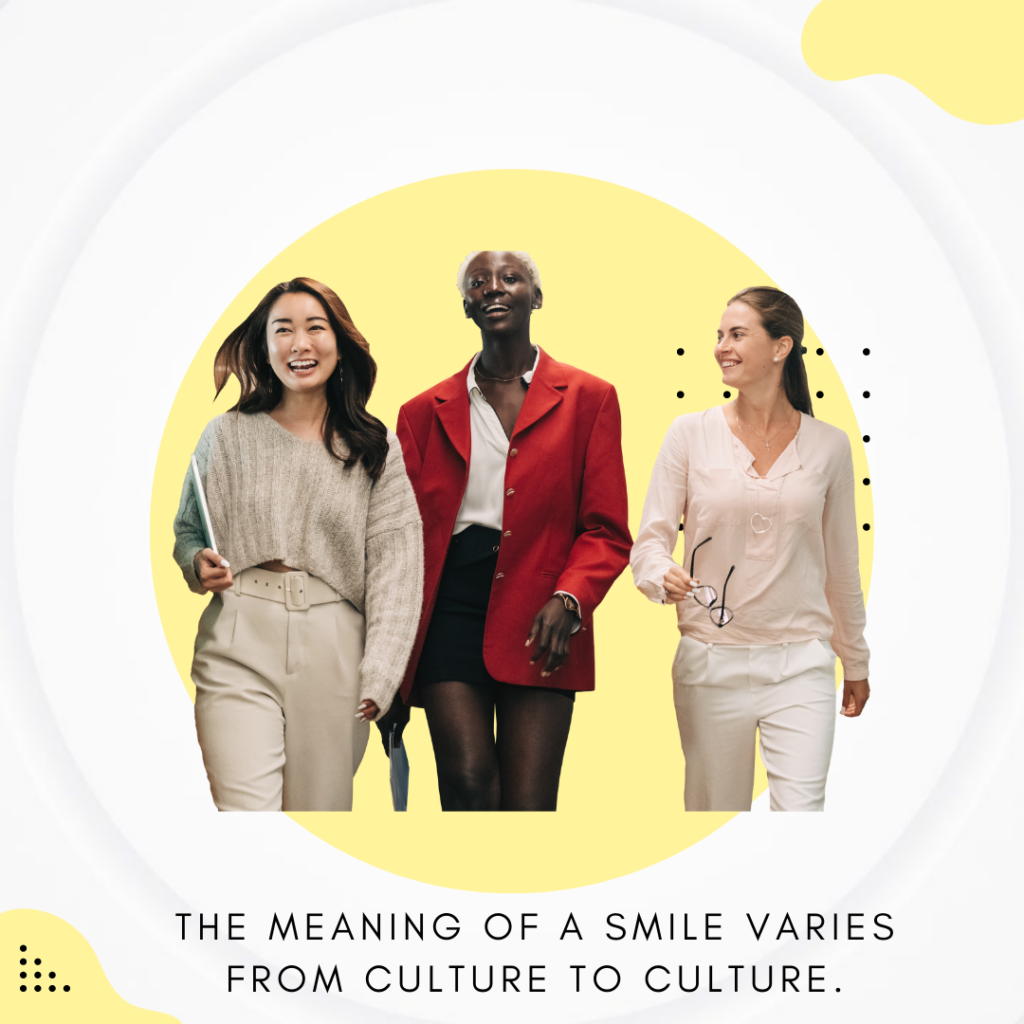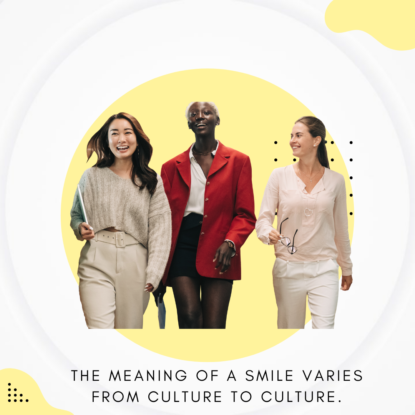What Different Cultures Think A Smile Says About You
A smile is most often associated with happiness, cheerfulness, and friendliness in Western cultures. But it can be a sign of bad manners to smile at strangers in other parts of the world. It can mean that you’re nervous, for example, or flirting with someone.
Are you feeling curious? Here’s what your smile says in different countries around the world.
-
In American culture, smiling is a friendly gesture used to create a good impression and disguise one’s embarrassment or nervousness. Smiling is also a go-to reaction for American people when they greet or welcome people or express gratitude.
-
In the United Kingdom, typically, people refrain from smiling at strangers, and they don’t usually make as much eye contact as Americans. Also, in the UK, smiling is courteous, while in America, it’s expected.
-
According to a recent study, Australians and Canadians generally smile to express happiness or contentment. They don’t have the reputation Americans do for giant white smiles, but they smile more than their peers in Russia, Japan, China, Switzerland, and the UK. The study also found that smiling has less to do with emotion than we think. According to researchers’ findings: “Smiling is probably not an expression of happiness but a social tool used to enhance relationships.”
- When visiting Eastern Europe, you might find that the locals don’t smile at you as much as Americans do. It’s not a sign of hostility or contempt, though. Rather than expressing joy and happiness, smiling in Eastern Europe might be considered suspicious behavior that implies flirtatiousness, sneakiness, or manipulation.

- In many countries in Asia or the Middle East, people are less likely to smile in social situations than people in western cultures. For example, in China or Japan, smiling is considered polite only when dealing with a close friend or relative. Smiling at strangers might make you look silly or unserious and be considered rude. For example, in Japanese culture, a smile is often used to show respect or hide what you’re feeling. Because the Japanese use their eyes more than their mouth to convey nonverbal expressions, they can quickly determine if a smile is genuine or fake.
A smile is common to many cultures but can have drastically different meanings. Knowing this might help explain some of our cultural differences and better understand the ways our cultures affect our behaviors. For example, if you’re used to living in a culture where people don’t smile at strangers on the street, it might be interesting to live in America, where people always smile and say hello.





Comments